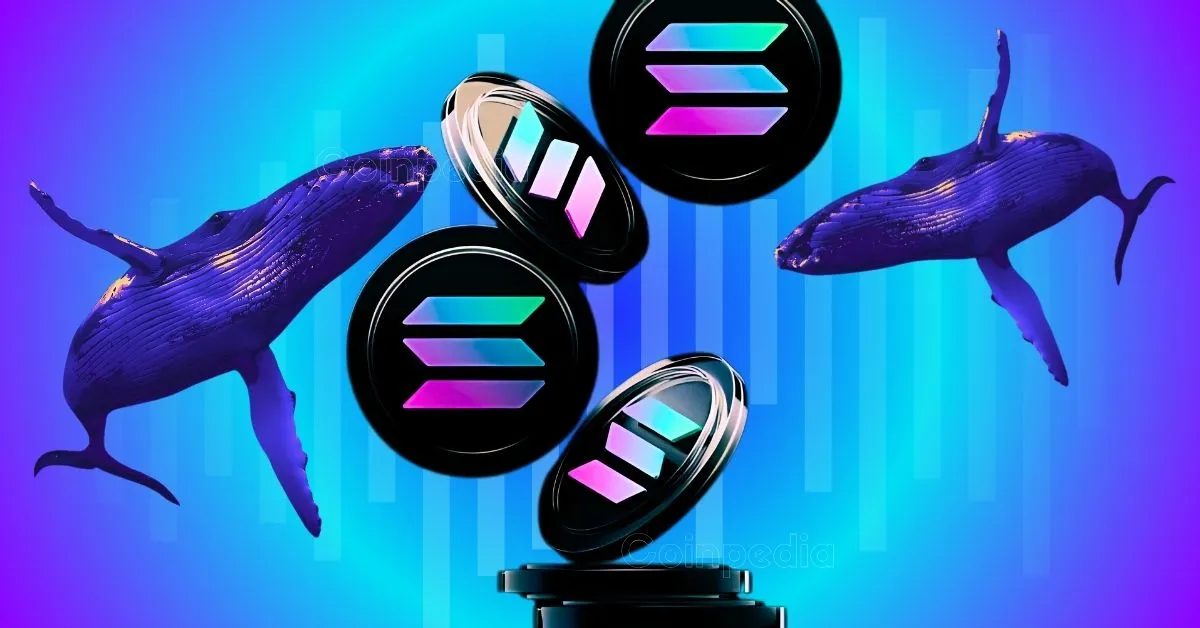The first quarter of 2025 has been a period of significant transformation within the cryptocurrency industry, characterized by both notable gains and substantial setbacks. While Bitcoin experienced a decline of 11.8%, as reported by CoinGecko, Solana (SOL) has emerged as a standout performer, driven by strategic acquisitions and growing institutional interest. This dynamic shift underscores the evolving nature of the crypto market, where investor sentiment and technological advancements play pivotal roles in shaping the landscape.
The broader crypto market in Q1 2025 has been marked by contrasting trends. Bitcoin, often seen as a barometer for the overall market, faced a notable decline, reflecting broader market corrections. In contrast, XRP managed to maintain its gains from the previous quarter, highlighting a growing trend of investors rotating capital into specific altcoins based on their unique value propositions. This divergence suggests a maturing market where investors are becoming more selective, prioritizing projects with strong fundamentals and growth potential. Additionally, the significant losses experienced by DeFi tokens indicate a potential shift in investor sentiment, possibly signaling a correction after a period of rapid expansion in the decentralized finance sector.
Amidst this mixed market performance, Solana has garnered substantial attention, largely due to the strategic actions of DeFi Development Corp. (DFDV). This entity has positioned itself as a key player in the Solana ecosystem through aggressive accumulation of SOL tokens. DFDV’s consistent acquisitions have been a focal point of market analysis, with several notable transactions highlighting their commitment to Solana. For instance, DFDV purchased 47,272 SOL for approximately $7.03 million, with an average price of $149.09 per token. As of Q1 2025, DFDV’s total SOL holdings reached 690,420 tokens, valued at over $102.7 million, positioning them as a leading entity within the Solana ecosystem.
DFDV’s strategy revolves around long-term accumulation and staking of SOL tokens, which not only generates native yield but also supports the Solana network’s validation process. The company operates its own Solana validators, further solidifying its influence within the ecosystem. Additionally, DFDV has secured substantial funding to support its Solana strategy, including a $112.5 million private placement of convertible senior notes due in 2030. This long-term commitment is further evidenced by their plans to raise $1 billion, indicating ambitious goals for future acquisitions. Furthermore, DFDV acquired a Solana validator business with a delegated staking scale of 500,000 SOL, further enhancing its position in the network.
The impact of DFDV’s activities on Solana’s price and ecosystem has been significant. The continuous buying pressure from DFDV has likely contributed to maintaining Solana’s price, particularly during periods of market volatility. This strategic accumulation has also attracted attention from institutional investors, signaling growing confidence in Solana as a viable blockchain platform. By actively participating in staking and validator operations, DFDV contributes to the robustness and decentralization of the Solana network, fostering innovation and attracting more developers and users to the platform. However, it is important to note that DFDV’s influence is not without potential risks. Over-reliance on a single entity could introduce centralization concerns, and any significant shift in their strategy could impact SOL’s price.
Beyond strategic acquisitions, Solana’s appeal is rooted in its technological advantages. The platform’s architecture allows for significantly higher transaction throughput and lower fees compared to many other blockchain platforms, making it an attractive option for decentralized applications (dApps) requiring speed and scalability. Solana’s growing DeFi ecosystem further underscores its potential, with a rise in platforms built on the network suggesting a growing demand for decentralized financial services. Continuous innovation and development within the Solana ecosystem attract developers and projects seeking to build cutting-edge applications, further solidifying its position in the market.
While institutional interest in Solana is growing, the cryptocurrency market continues to be influenced by trends like memecoins. The emergence of coins like MOG, as highlighted on TikTok, showcases the power of social media and community-driven narratives in shaping market sentiment. This underscores the importance of considering both fundamental analysis and market trends when evaluating the potential of cryptocurrencies. The broader market trends, including the rise of memecoins, highlight the dynamic and often unpredictable nature of the crypto industry, where sentiment and community engagement can significantly impact asset prices.
Looking ahead, Solana’s future appears promising, but several factors will determine its trajectory. Sustaining the growth of its DeFi and dApp ecosystem is crucial, as attracting more developers, users, and projects will solidify Solana’s position as a leading blockchain platform. Continuous improvement in its underlying technology is essential to maintain its competitive edge, with scaling solutions, security enhancements, and new features being critical areas of focus. The evolving regulatory landscape will also significantly impact the cryptocurrency market, with clear and favorable regulations potentially fostering further adoption, while restrictive policies could hinder growth. Additionally, Solana faces competition from other blockchain platforms, including Ethereum, Cardano, and Polkadot, making it essential to successfully differentiate itself and capture market share.
In conclusion, Solana’s performance in Q1 2025 reflects a strategic ascent, fueled by institutional interest and technological advantages. While the broader crypto market experienced volatility, Solana has demonstrated resilience and potential. DeFi Development Corp.’s aggressive accumulation strategy has played a significant role in shaping Solana’s trajectory. However, challenges remain, including competition, regulatory uncertainties, and the need for continued innovation. As Solana navigates these challenges, its ability to foster a vibrant ecosystem and maintain its technological edge will ultimately determine its long-term success. The sun may be rising on Solana, but careful navigation is required to avoid the looming clouds.











